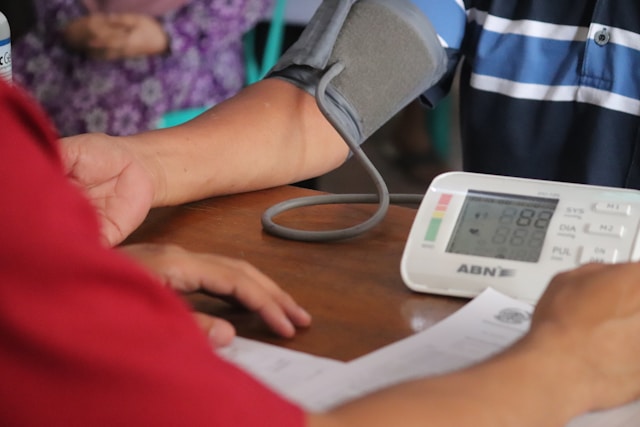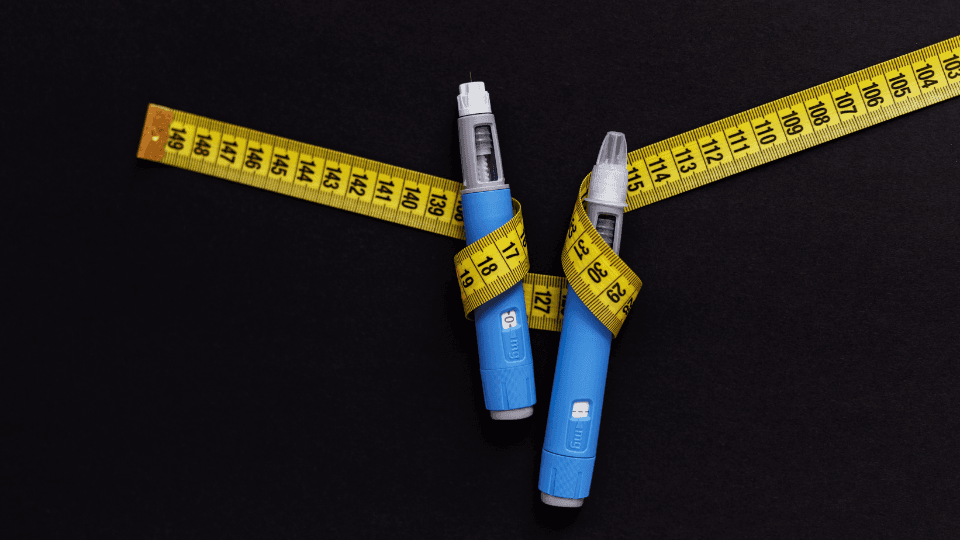Back
Jun 22, 2023
Talk the walk

Gabriella Florence | Sports Scientist
Pronation, supination - these words might sound like they’re part of a Harry Potter spell, but they are actually common terminology in a runner’s vocabulary. The rolling motion of your foot and ankle as it hits the ground plays a vital role in determining what type of running shoes you should wear. Read on to find out more.
Your running style, or running gait, describes the unique way in which you run. To assess your running gait, your physio, podiatrist, or running expert will take a short video of you running on a treadmill at a comfortable pace. Usually, they’ll film you from the back and replay the clip in slow-motion to carefully assess your gait.
The video analysis will help your expert classify the movements at your ankle joint as: ‘neutral’, ‘overpronation’, or ‘supination’.
A neutral stride means minimal rolling inwards at the ankle joint upon striking the ground.
More prominent inward rolling at the ankle upon striking the ground represents overpronation. Remember, some degree of pronation is completely normal and actually important for shock absorption while you run.
Rolling outwards at the ankle upon striking the ground represents supination.
Why is it important to assess your running gait?
Analysing your running gait can identify features of your running pattern and assist experts in recommending suitable footwear. Wearing the correct footwear will not only leave you comfortable on your feet during your run but also lower your risk of unnecessary niggles and more severe injuries. Unfortunately, this means that you shouldn’t choose a pair of running shoes based solely on what “looks nice”. Instead, it’s important that you purchase running shoes that suitably match the movements at your ankle joint and provide the necessary support.
Individuals with a neutral or supinating stride are best suited to wear “neutral” running shoes. Some runners who supinate excessively may also need orthotics (specialised in-soles) for their shoes. Conversely, runners who overpronate may need to wear “stability” running shoes. Stability shoes have more support medially (on the inner side) to prevent the ankle joint from rolling inwards (i.e. overpronating).
If you’re uncertain about your running style, head to your nearest sports store and request a running assessment from an expert. A 15-second prevention assessment is far better than weeks of nursing injuries.












